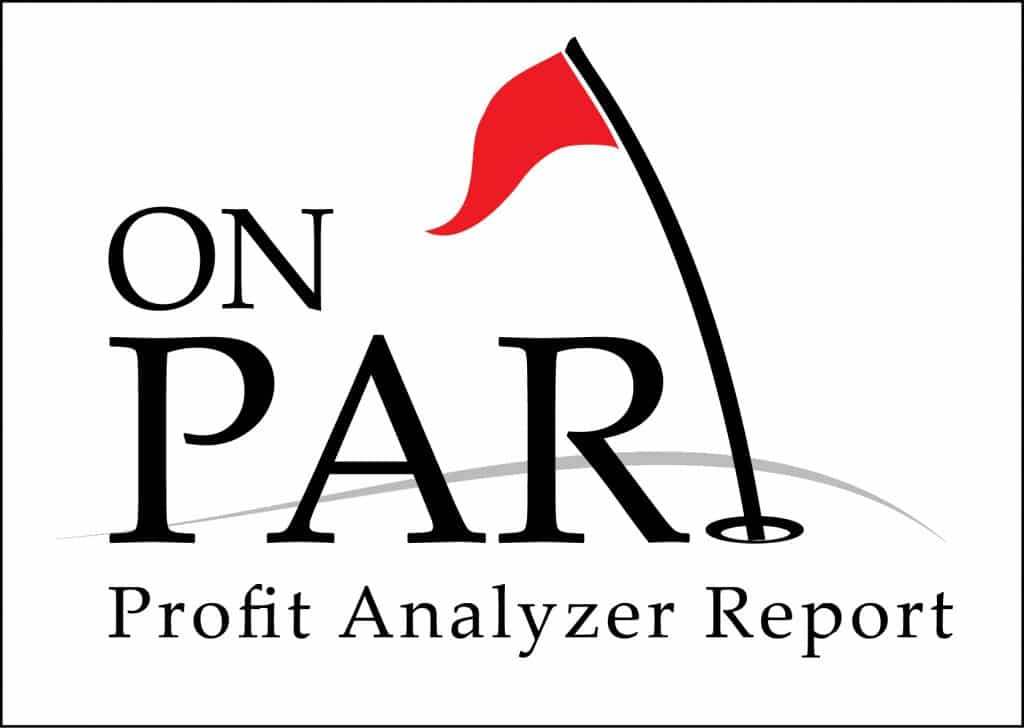Humans are hard-wired to want choices. Fries or mash? Do the dishes or the laundry? Meet at 1:30 or 2:30? Whether for pleasure or purpose, we like to have some say in what we do. It all comes down to control: As cave dwellers, we learned to associate choice with survival. The need to maintain control remains a powerful subconscious driver in our psyche.
And that driver is one of the reasons — though not the only one — why you should be using a clear, 3-column menu to present to customers. Here’s why a menu format makes good sales sense:
1) Offers are presented clearly and compliantly
There’s a reason why effective presentations display information graphically rather than with long chunks of text. Humans are visual: We process visual information about 60,000 times faster than written content. A menu is essentially presenting content visually, using columns to lay it out in a more streamlined, comparison format. It enables customers to see and understand their options clearly—which in turn helps ensure compliance with relevant consumer-protection laws.
2) A menu format supports successful virtual presentations
In a virtual meeting, where the lack of face-to-face contact makes simplicity and clarity even more critical, a menu enables customers to assess their options more easily. Keep in mind, too, that a menu format takes the same approach to presentation as most online sources: On websites and social platforms, information is typically delivered in small nuggets — bullets, callouts, buttons. Interestingly, some lotteries are now offering their ticket purchase options in a menu format. Menus simply make information easier to digest.
3) Menu thinking aligns with Canadian psychology
Canadians tend to be middle-of-the-road consumers: They generally want what their friends and neighbours are buying, and they want the “middle” option—not too much, not too little, just right. A menu lets you cater to this psychology, where the most palatable option — ”most popular” — is presented in the middle column (with “complete” on the left and “essential” on the right). The customer is being guided, but still has a choice, and can still consider additional products that might interest them.
4) It builds customer trust, increases comfort, and drives up CSI scores
By presenting customers with options and giving them more control, you strengthen your relationships with them. They’re being given choices in a simple, clear manner. They feel they’re buying rather than being sold, and generally feel more informed — and, as a result, more comfortable. This increases the chance not only that they’ll buy, but also that they’ll have an overall positive experience and become loyal and valuable.
5) The handoff between Sales and F&I is smoother
Building on the previous point, it takes a lot of effort by Sales to build that relationship and comfort level to the point where the customer is ready make what is typically the second-largest purchase they’ll make in their lifetime. It’s crucial that F&I maintain that trust—at a point in the transaction that can often be disruptive and unsettling for customers. Once again, a menu informs, offers a sense of control, and helps ease the transition.
6) You can customize presentations more easily and transparently
A digital menu is a fluid presentation format that enables options to be adjusted quickly, in real time, with the customer present. New payments can be calculated on-screen, on the fly, providing full disclosure, and further increasing the customer’s level of comfort and trust. A traditional step offer simply doesn’t offer this level of flexibility.
7) It speeds up the F&I process
The #1 complaint about F&I is that it takes too long. In addition to expediting the handoff between Sales and F&I, the simplicity of a menu results in a faster, more focused conversation. Which further increases the customer’s comfort and satisfaction.
8) It increases per vehicle averages
When customers feel more informed — and more comfortable as a result — they are far more receptive to purchasing products they might not otherwise consider. Again, it comes down to trust: Customers buy when they trust the source, and a menu goes a long way toward building that trust.
[conclusion]
A menu is just one of the ways you can boost F&I revenue. To learn more and build a menu strategy that improves your performance, contact us here or reach out to your Armour Group representative.




